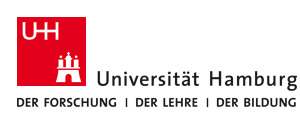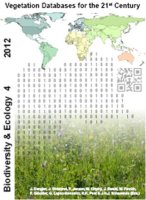Biodiversity & Ecology
Short Database Report Open Access
EVSItalia Database of Evergreen Mediterranean Forests
Keywords: Italian vegetation database; TURBOVEG.
 English
English
Abstract: A database of the Evergreen Mediterranean Forests of peninsular Italy is presented (EVSItalia Database of Evergreen Mediterranean Forests, GIVD ID EU-IT-014). The database stores 1,266 relevés from published certified phytosociological sources, belonging to the syntaxa of Quercion ilicis. Specifically, Quercus ilex forest of Viburno-Quercetum ilicis and the cork oak forest in the syntaxa of Viburno-Quercetum ilicis suberetosum (according to a central- Mediterranean classical interpretation). Q. suber stands are a variant of the Q. ilex forests, although the continued exploitation of cork and grazing activities in the cork forests, do not allow a precise analysis of the true spatial limits of the two biocoenoses. All the relevés are uploaded to TURBOVEG; a related ArcGIS Database stores information about localization: Operational Geographic Units (OGU), corresponding to the quadrates of the Italian floristic grid, precise GPS or toponym information as well as descriptive records of locations extracted from geographical information systems are stored. The data-set aims to support reviews based on large data-sets for the classification of Italian vegetation types, classification of communities and their parameterization over larger areas by geostatistical analysis, the exploration geographic changes in community distribution along topographical gradients and to test changes along geographical gradients. A different insight in the patterns of synonymy and reassessment among syntaxa on the basis of a geographical approach is expected.
Suggested citation:
Agrillo, E., Spada, F., Valfré, S. (2012): EVSItalia Database of Evergreen Mediterranean Forests. – In: Dengler, J., Oldeland, J., Jansen, F., Chytrý, M., Ewald, J., Finckh, M., Glöckler, F., Lopez-Gonzalez, G., Peet, R.K., Schaminée, J.H.J. [Eds.]: Vegetation databases for the 21st century. – Biodiversity & Ecology 4: 406–406. DOI: 10.7809/b-e.00194.


